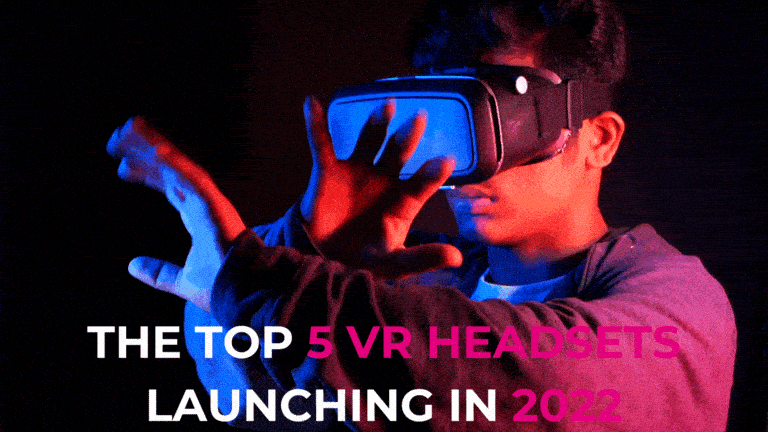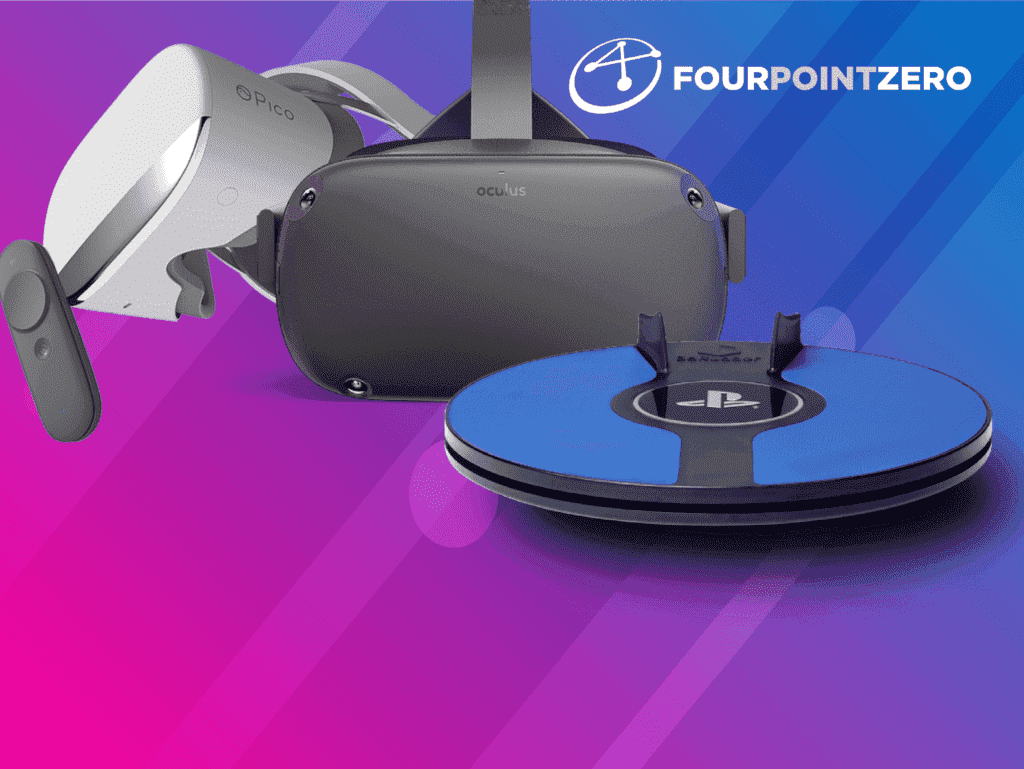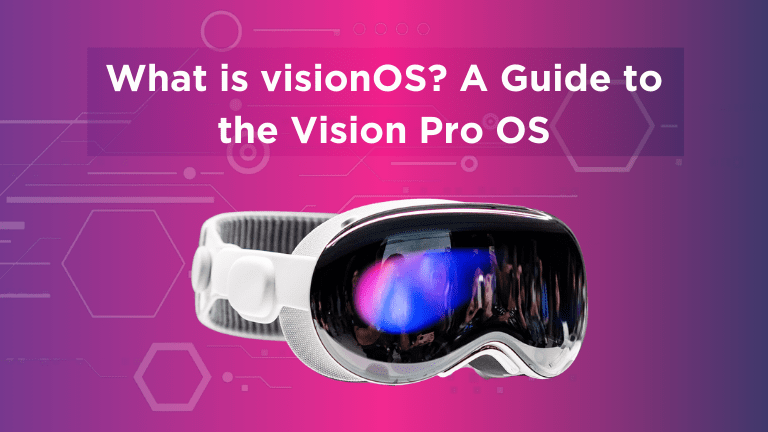
The XR (Extended Reality) landscape is growing at a phenomenal pace. Currently, by the time we reach 2024, some experts say this industry will be worth a massive $300 billion.
Part of the reason why this industry is evolving so rapidly is the benefits of XR in the business landscape. In recent years, organisations have encountered new opportunities with Augmented and Virtual Reality as a solution for collaboration, communication, and creativity.
The right tools can bring teams together from anywhere in the world. And help them to build digital twins of new products and even open the door for training and development. The only problem is current XR solutions still have certain limitations.
The smartphones, headsets, and other endpoints used for extended reality have limited computational power. This makes it difficult to create large-scale immersive experiences. Fortunately, there could be a solution in the combination of 5G and cloud rendering technology.
The Impact of 5G on Extended Reality
5G is the next-generation mobile connectivity solution. This is widely considered essential to the future of many innovations, from the Metaverse to IoT and virtual production. It makes 5G special ability to process large data streams faster and more efficiently (with less latency) between devices, without the need for wired connections.
In Extended Reality, large volumes of content need to be transferred back and forth between devices, applications, and cloud-based tools. The hardware needs to collect information about your movements and actions while rendering information and content and responding to events. To deliver a lag-free, realistic experience, these actions must be completed in a split second.
5G helps to reduce the latency involved in transferring these huge streams of data back and forth by working in three bands of the wavelength spectrum. 5 G’s unique structure makes it possible for companies to leverage higher signal penetration with lower speed and latency.
However, 5G isn’t enough on its own. Even with exceptional speed, 5G can only accomplish so much if it’s responsible for moving data throughout a range of environments. The benefit of Cloud rendering is that it helps to reduce the number of ‘middlemen’ in the streaming process. And minimises the pressure on 5G systems.
Cloud Rendering and the Impact on XR
Cloud rendering essentially involves outsourcing the process of rendering specific pieces of XR content and information to a server in the cloud. This basically means content can be streamed directly from the cloud rather than placing pressure on the hardware itself. With the addition of 5G, data transferred to and from the cloud can also be accelerated.
One of the key issues cloud rendering solves is limited hardware performance. To achieve exceptional XR experiences in today’s world, devices need significant computing power. It takes a lot of work to run AI systems; sensors and beacons can simultaneously create visual or audio assets. A standard laptop is rarely enough to deliver results.
Outsourcing the rendering process to the cloud means you’re not limited by the GPU and internal hardware of devices. The result is a virtually unlimited quality of performance. Because there’s less pressure on the hardware, data doesn’t need to be simplified before it reaches the XR headset, leading to low-quality audio and visual issues.
Cloud rendering also means companies and developers creating XR experiences can update the software for their customers instantly, without asking users to download complex files that might consume too much storage space. This could be crucial for the age of the Metaverse, where virtual environments will be ever-evolving.
Companies are already Innovating with 5G and the Cloud
The potential of combining 5G and cloud rendering for the future of XR technologies has already begun to capture the attention of market-leading companies.
At MWC Los Angeles in 2019, NVIDIA demonstrated its new CloudXR platform designed to stream cloud-rendered AR and VR content over 5G connections. The technology supports SteamVR and OpenVR out of the box. This allows users to instantly render high-end AR/VR visuals remotely, without expensive hardware.
NVIDIA has also worked with several other companies like MobiledgeX and Deutsche Telecom to test the impact of cloud rendering and 5G on AR/VR solutions. The prototype created led to stronger, more powerful XR experiences with reduced lag and latency.
Elsewhere, the headset innovators at Varjo announced its own Cloud streaming service in the form of Varjo Reality Cloud in 2022. This solution leverages foveated rendering from Varjo headsets to deliver high-quality XR experiences via less powerful machines.
While Varjo’s high-end headsets are known for delivering some of the best visuals in the market today, rendering the content for these headsets has required significant hardware investment in the past. Varjo’s “Reality Cloud” is intended to resolve this issue and allow more companies to unlock the power of XR with less cost.
Even Metaverse’s future could depend on 5G and cloud rendering. Meta, one of the market leaders in the Metaverse landscape, has been working on improving its cloud streaming solution with Verizon, one of the largest network providers in the US. The partnership will combine edge computing and 5G network functionality from Verizon with Meta’s technology to address the network needs of the future Metaverse.
The Future of XR Depends on 5G and the Cloud
While it’s safe to say that adoption of XR technology is increasing in today’s business landscape, there’s still a way to go before these solutions become mainstream. Part of the challenge in unlocking the XR environment for the businesses of tomorrow involves figuring out how to stream and share high-quality content without significant hardware investment.
Mobile XR solutions enabled by low-latency and high-bandwidth 5G networks could offer part of the solution to the problem by making it easier to transfer large amounts of data. However, we also need the flexibility and real-time agility of the cloud.
Combining cloud rendering with 5G solutions will finally allow organisations to discover the true benefits of limitless XR.




